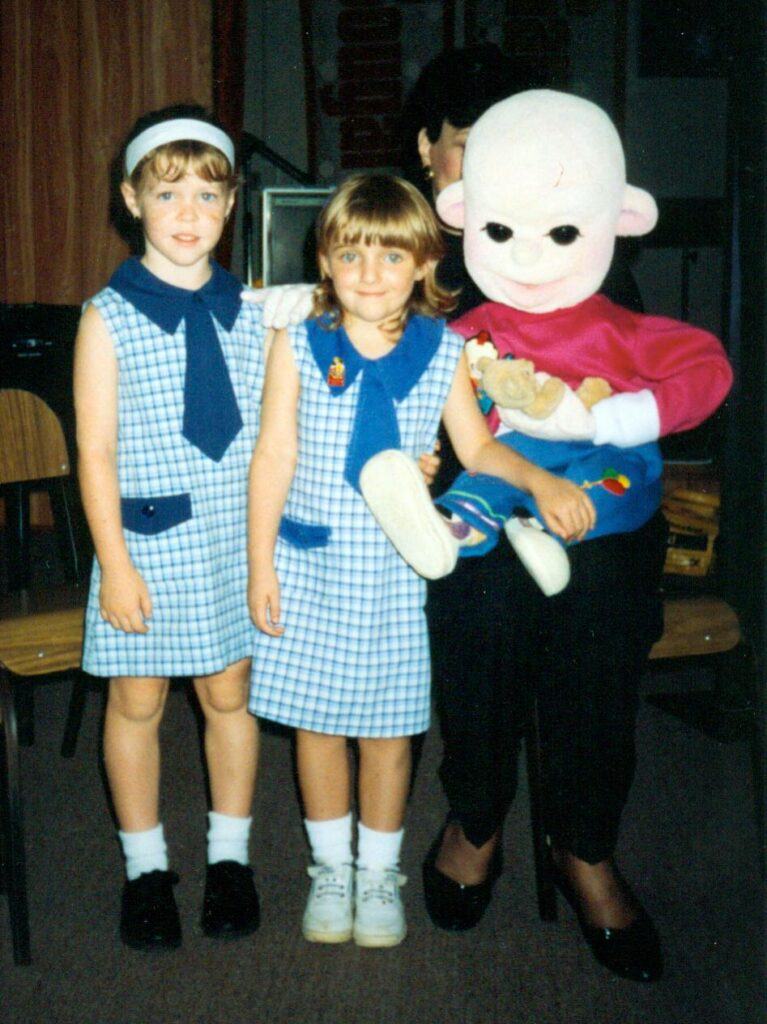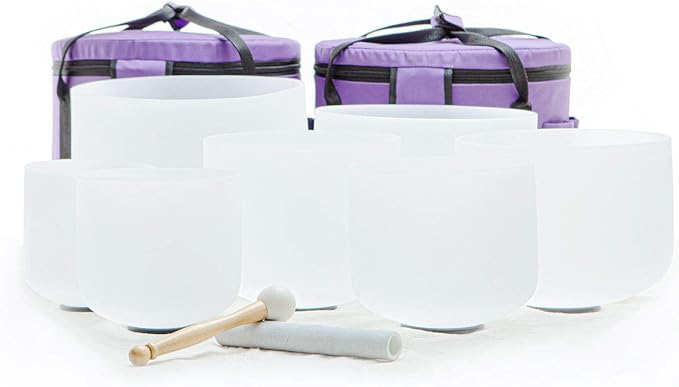Can you live a normal life after Childhood Leukemia? Acute Lymphoblastic Leukemia (ALL), which is the diagnosis my daughter received, is a challenging and life-altering diagnosis, not only for the child but also for their families. Life suddenly becomes filled with uncertainty, fear, and so many medical treatments. However, advancements in medical science have made it possible for many to survive and thrive. The question still remains: can you live a normal life after having gone through this and come out the other side? In this article, we will explore the physical, emotional, and social aspects of life after childhood leukemia and the possibilities of leading a fulfilling life post-treatment and the hardships that might be faced. In our case it was ALL but the answer is constant for the other childhood leukemia diagnoses regardless. Each child will have a different journey and take varying amounts of time to recover, depending on their age, what their treatment consisted of, the number of negative experiences they had, and support they were given throughout and beyond. But there is light at the end of the tunnel and hope for a full recovery.

Recovery Is a Long, Hard Road No Matter What You Are Told!
There are many aspects to treatment and its side effects and recovery is not limited to just the physical side of it. In many ways, the emotional and social aspects play a much larger role post-treatment and into remission. I’ve written a couple of articles discussing what childhood leukemia is and what is the treatment for it plus a couple more relating to it, but it’s the hidden effects, those that don’t show up for months or even years, that can lead to a child having a less than fulfilling life. At least until the long term damage can be undone or dealt with.
I don’t want to make you think that there is no recovery at all, I merely wish to impart some of our own experiences on you to help you better understand what is to come and how to deal with it to make the recovery process a bit shorter than what we’ve been through. My daughter was nearly 4 when she got sick, she’s now, at the time of writing this article, 35 and only starting to show the amazing progress we have made in her recovery these past few years. There was very little known back then, fewer studies on the after=effects and literally no after care for the children. We were accused of doctor-hopping because people didn’t believe there was anything out of the ordinary with my daughter once she went into remission to face life afterwards. But I knew something was not right with her emotional and psychological well-being. There were physical ramifications, but mostly in the realm of emotional and psychological problems.

Finally after being sent to so many different public health care workers varying in what they worked with, when she was 25, and the problems had gradually grown worse, we found an amazing psychotherapist who diagnosed her with Developmental (or Complex) PTSD (Post Traumatic Stress Disorder). The developmental part of the name accounted for the fact that while she was sick, her young brain was not mature and cause her to develop an overactive amygdala, which is the emotion center of the brain, which caused her emotional responses to overtake everything in her life. There is a lot more to this story, such as having to deal with Adult ADD (Attention Deficit Disorder) as a result too, but for now, just understand that her life was dramatically effected by this.
Here are some of the factors where a child’s recovery can be affected, delayed, interrupted, or interfered with. Knowing in advance, you can be aware and get help as early as possible.
The Physical Recovery
The physical recovery after childhood leukemia varies from person to person. It largely depends on factors such as the type of leukemia, the age of the child at diagnosis, the treatment regimen, and the individual’s overall health. Chemotherapy, radiation therapy, and stem cell transplantation are common treatments that can have lasting effects on the body.
Long-term side effects: Some children may experience long-term side effects of treatment, such as organ damage, fertility issues, or an increased risk of secondary cancers. We found that my daughter also started to get allergies and food intolerances since she had her treatment. Regular check-ups with healthcare providers are essential to monitor and manage these potential concerns. A healthier, cleaner, low-tox lifestyle and environment goes a long way to help recovery and detoxing from the chemotherapy that becomes stuck in the body for years afterwards.
Physical fitness: Many childhood leukemia survivors regain their physical strength and endurance after treatment. Engaging in regular exercise, eating a balanced diet, and maintaining a healthy lifestyle can contribute to overall well-being.
Medication and follow-up: Some survivors may need to take medication or undergo periodic check-ups for an extended period to ensure that the leukemia remains in remission and to manage any treatment-related issues. There are complimentary ways you can help your child clear and eliminate these medications that can build up in the system. Drinking water, regular detoxing and the use of essential oils can help support your body in eliminating these medications after they have done their job.
Emotional Resilience
As mentioned earlier, the emotional recovery after childhood leukemia can be more challenging than the physical aspects. Children who battle this disease often show remarkable resilience and adaptability in many areas of their lives, but many still get stuck due to damage that has been caused to their developing brains in terms of their ability to control their emotional responses, which can lead to devastating effects for the child and their families. This has been the biggest issue for my daughter and us as a family.
Psychological Support: Counseling, support groups, and therapy can help survivors and their families cope with the emotional aftermath of leukemia. It’s essential to address any anxiety, depression, or post-traumatic stress that may arise. When we went through this, workers in the mental health field were completely clueless as to these particular long term affects. I’m glad it had finally become recognised as a “thing”. But back then, we got no help, just kept getting tossed from one service to another for years until we finally found someone who was familiar with childhood trauma and what it entailed. Only then did true progress start to occur. Nowadays, my daughter is a different person because she finally got the help she needed. It’s not over yet, and it may never be fully dealt with, but we so much better than we were.
Educational Support: Many survivors face academic challenges due to treatment causing educational interruptions due to missed school opportunities or cognitive issues. Special education programs and supportive teachers can help children catch up and thrive in school. In our case, we did not receive any extra support at school, she was allowed to slip through the cracks and it was only when I accessed private tutoring because I felt she had gaps in her learning, that she started to pick up in mathematics.
However, it wasn’t until she started rebelling at school, refusing to do any work and needing a lot of help with assignments that she was finally sent for a speech language assessment. She was already in year 10 at school by then and by the time we received the results it was too late. She was asked to leave or she would be expelled. You see, none of their testing or support uncovered what she needed help with and they just put it down to her having bad behaviour. She once again slipped through the cracks. It was year 11 when the results came in from her speech language testing. It turned out that she had significant short term and long term sequential memory and poor problem solving skills indicating frontal lobe and left brain damage. No wonder she was having problems at school. Add this to the poor social skills she had too and it was a recipe for disaster. I was really angry and couldn’t understand how the schooling system had not picked up on this. I knew there was a problem, but no-one listened to me all those years and the situation had become irredeemable, sending her further and further into her complex PTSD.
We didn’t have access to this at the time but do now with the grandchildren, but there is another option in terms of your child’s education as well, and that is to homeschool instead. That way if they have fallen behind in any way, you have the ability to combat that in your own time and not have the child re-entering the school system having missed important foundational knowledge and the teachers miss this and the child slips through the cracks and doesn’t catch up, leading to a host of other problems connected with low self-esteem and loss of confidence, feeling isolated and perhaps even bullied as being thought as “stupid”.

One thing to note is that you were probably told, as we were, that chemotherapy cannot cross the blood brain barrier. But I call BS on that. I asked what side effects there might be right at the start and they told me at the time that my daughter might experience some trouble with school work, such as in the subject of Mathematics as an example. That alone tells me that they expect the chemotherapy to potentially cause some kind of brain damage. Afterall, look at what happened to us.
Family dynamics: A cancer diagnosis can change family dynamics. Open communication and family therapy can be instrumental in maintaining a healthy, supportive family environment. Family dynamics can also be affected if you have more than one child, where siblings of the sick child can feel jealous of the attention that child receives, even though it’s not necessarily positive for the sick child due to what they are having to endure. Siblings also miss out on quality time with their parent or parents and their sick sibling too. And the sick sibling misses out on their relationship with their brothers and sisters and the parent who is not with them as much as the other one due to having to be with the well children. Relationships can suffer, marriages have too, due to one parent being absent or distracted and not being able to give as much to their partner while all their energy and time is being spent with the sick child. There were several marital failures of other suffering families during our time in the hospital and sickness environment. I didn’t have a partner or other children so this did not affect us but in saying that, I did not have the support of a partner or other children either. So whichever circumstance you are in, you will be affected in one way or another. Getting help and support early is imperative.
Social Reintegration and Peer relationships:
Social reintegration after childhood leukemia or once the first part of their treatment is finished is a significant concern for survivors. They often struggle with self-esteem and fear of being stigmatized due to their medical history. They might feel embarrassed if they are in the treatment stage of having no hair, or are too tired to be able to participate in their usual activities. They would be risking bruising and injuries if not careful when playing with other children or their sporting activities and therefore feel isolated even among their friends. It might affect whether or not they get picked for the team or play etc. They might be treated differently as other children struggle to understand what their illness is or was and if they are allowed to talk to them about their illness or is it a taboo subject? Therefore returning to school and social activities may require extra support to rebuild peer relationships.
Educating classmates and teachers about the survivor’s condition can foster a more inclusive environment. We had something called the Camp Quality Puppets that you could ask to come to your child’s school and do a play that explained to the other children what Leukemia was etc., and allowed the children to ask questions of the puppets instead of the child that had Leukemia in a safe environment.

Future aspirations: Children who had Leukemia are still able to aspire to pursue their dreams and career goals. College/University, vocational training, and employment opportunities are still expected not tp be limited by their medical history. But they may have trouble with some things if they chose university for example, with my daughter’s learning disadvantages, she would not be able to write an assignment without help. There are people you can talk to discuss if these issues will prevent your child from going down that path, but most universities should have access to help for students with a variety of difficulties.
Advocacy and support: Survivors of childhood Leukemia might find empowerment in sharing their stories and advocating for childhood cancer awareness and research. Their experiences can serve as a source of inspiration for others. I would dearly love to see them put time into advocating for awareness in the mental health and psychological problems that eventuate. After all, when you have a child that no one seems to be able to work out what is wrong with her, it would be good to see more effort be put into researching the effects of childhood Leukemia on these aspects so that more children could be helped earlier and preventative actions put in place to help them instead of only focusing on Cancer research.
In Summary:
In answer to the question, “Can you live a normal life after childhood leukemia?” the answer is yes, with certain caveats. Childhood leukemia survivors can indeed lead fulfilling lives, but their journey may be different from those who have not faced such a challenge. Physical recovery, emotional resilience, and social reintegration all play pivotal roles in helping survivors regain a sense of normalcy. Throughout this website and the articles within I will show you ways in which you can combat some of these issues to improve your options and outcome.
It’s important to remember that normalcy may not mean an absence of challenges. For survivors and their families their “normal” changes dramatically from pre-Leukemia to post-Leukemia. It is important to seek the support they need to thrive. With medical advancements, emotional support, and a positive outlook, many childhood leukemia survivors grow up to achieve their goals, build meaningful relationships, and make valuable contributions to society. For some it takes a lot longer depending on what their experiences were, their age and ability to cope, and also if there problems are listened to and acted on instead of just being swept under the carpet and that parental knowledge does not go ignored as ours did.
I hope this article has been useful to you and I wish you all the best in your journey. If I can help in any way please leave a comment or connect with me on my dedicated Facebook page.
Warm Wishes
Ange


